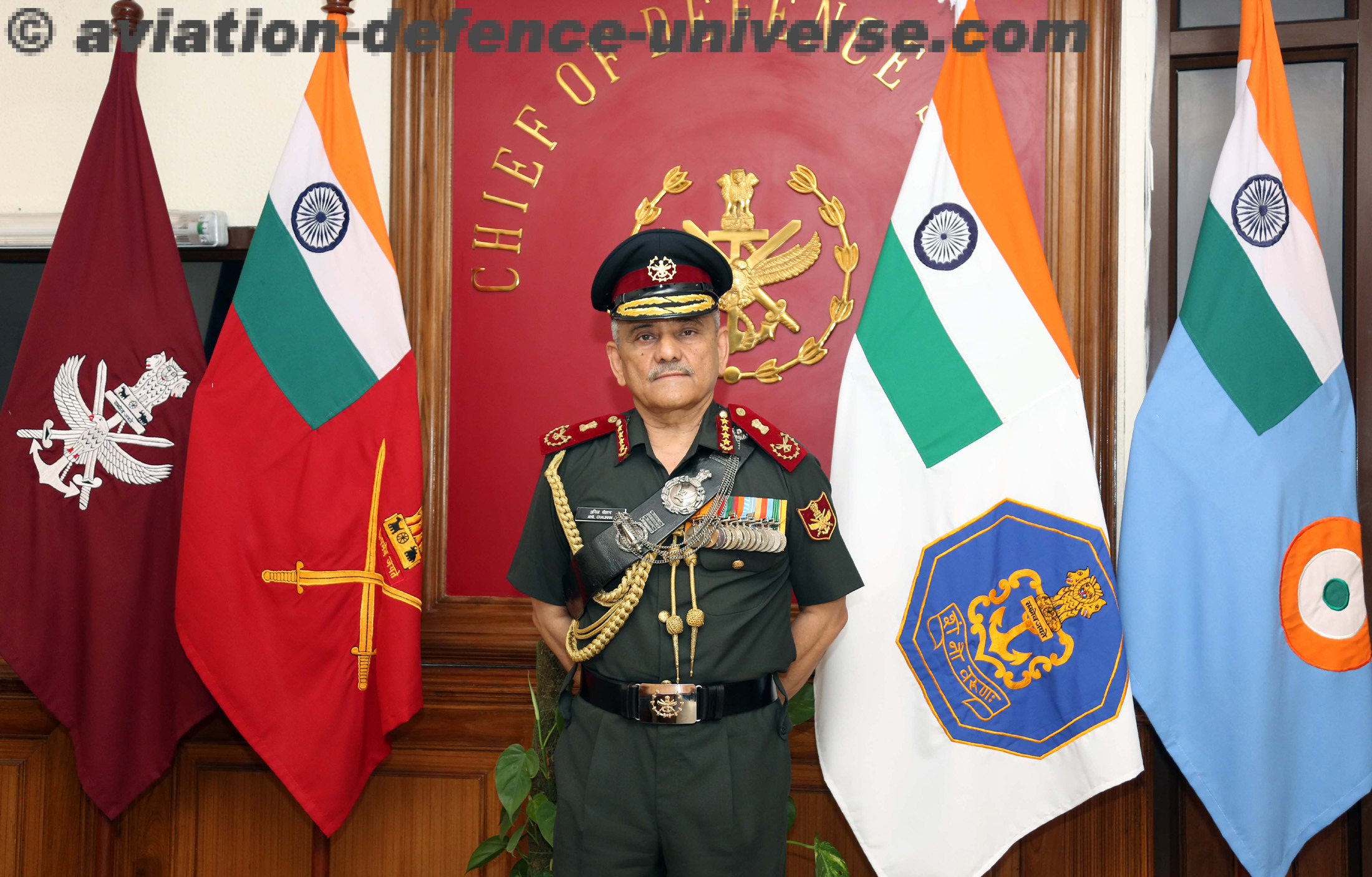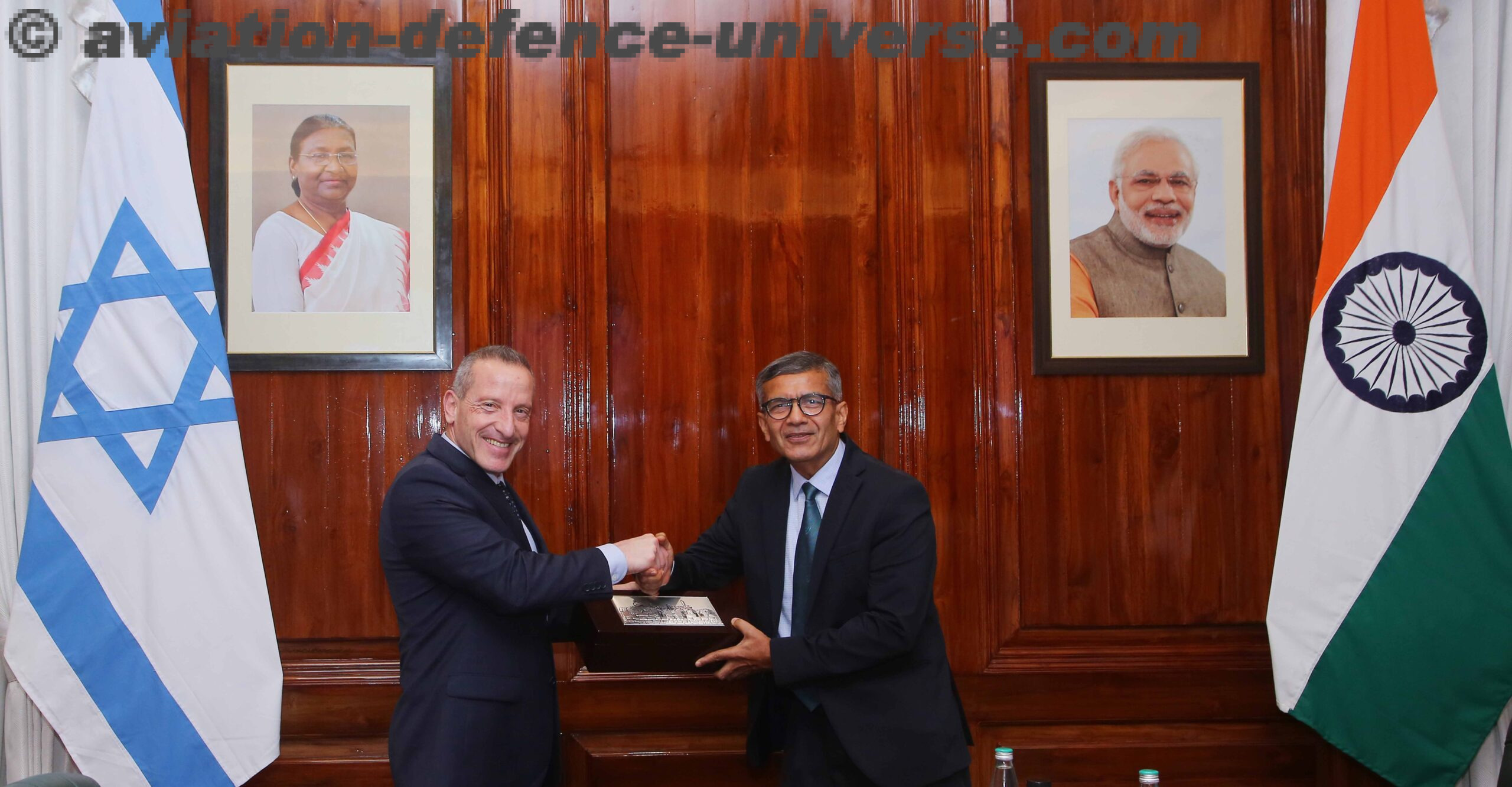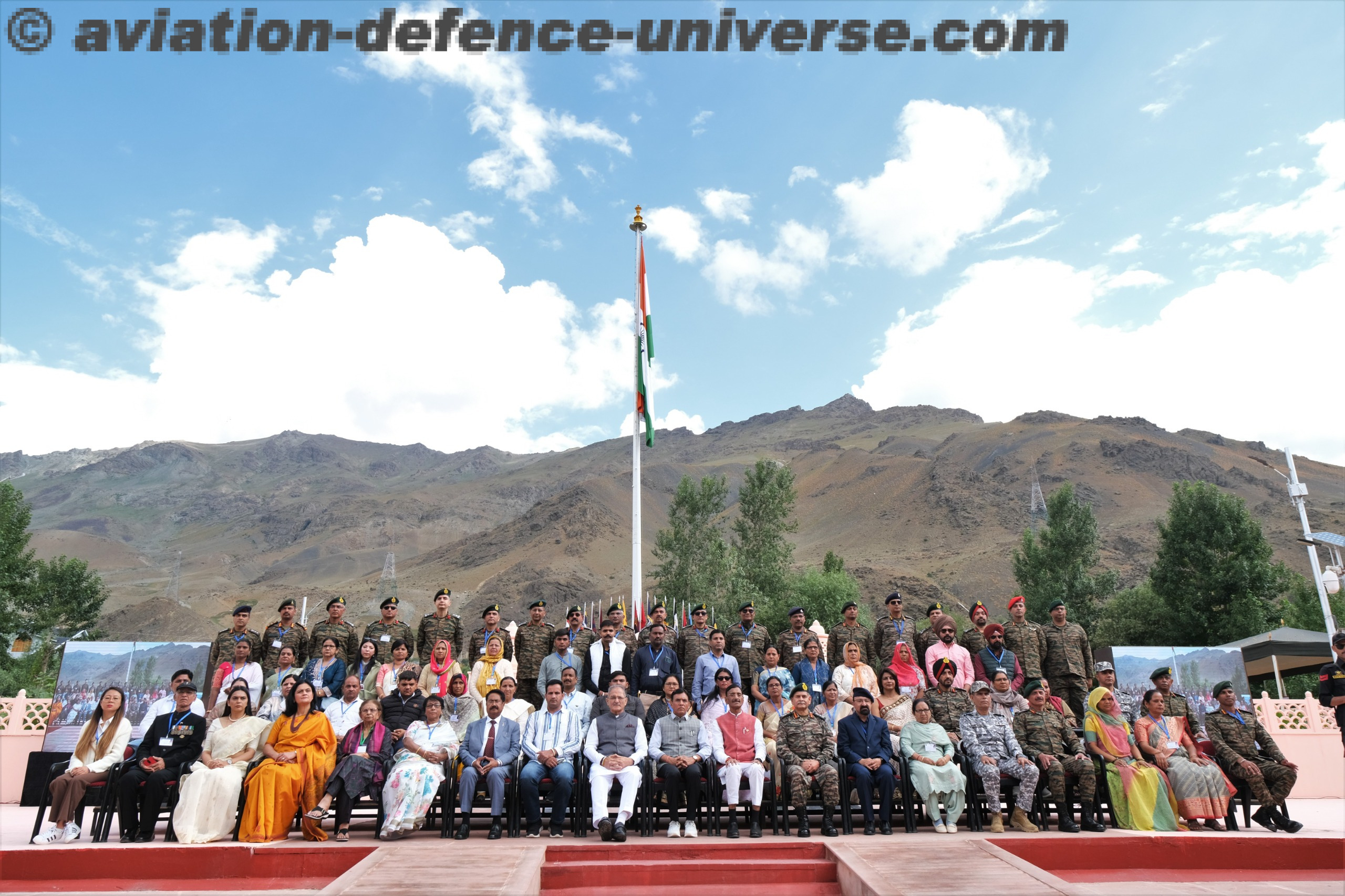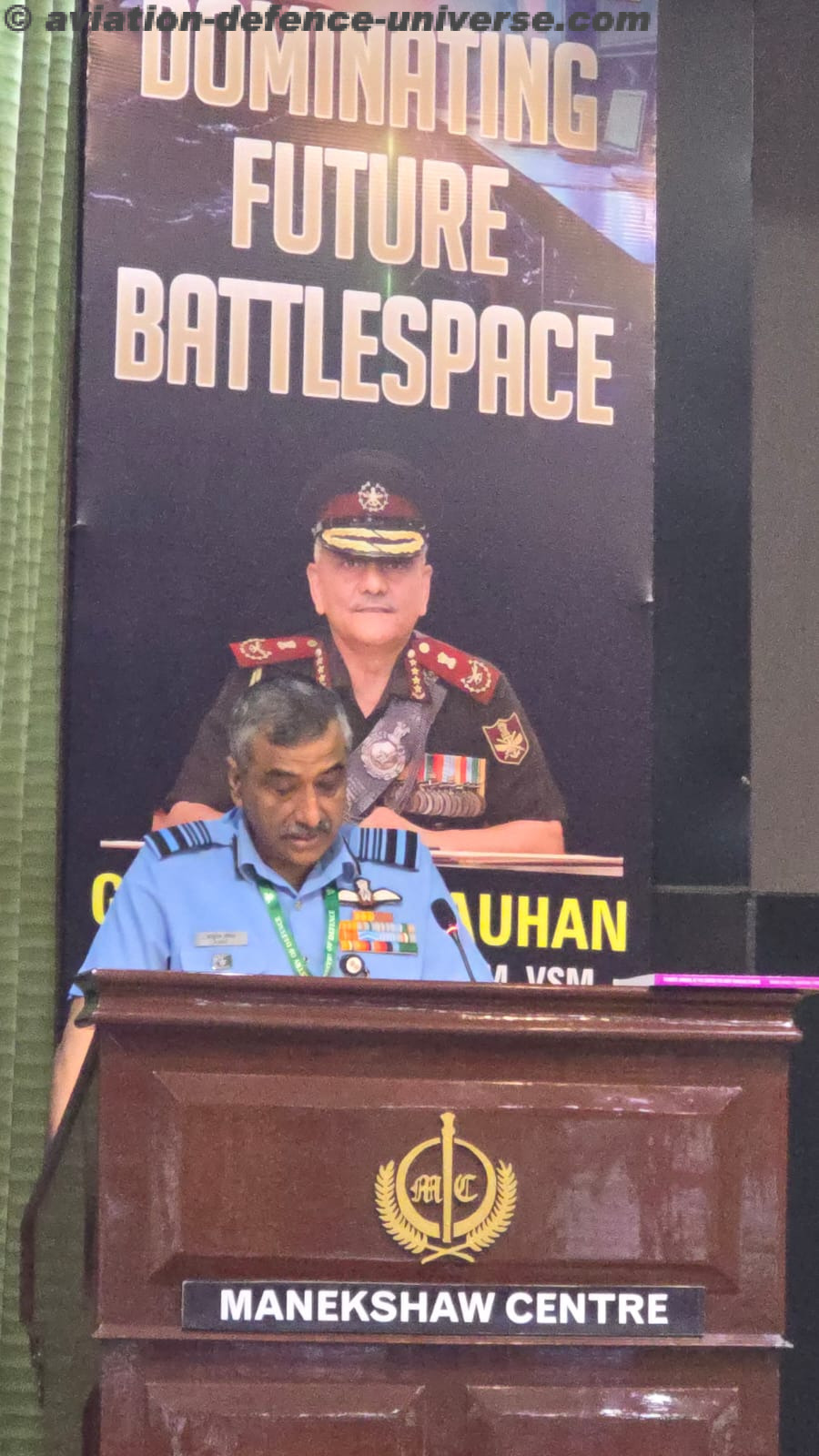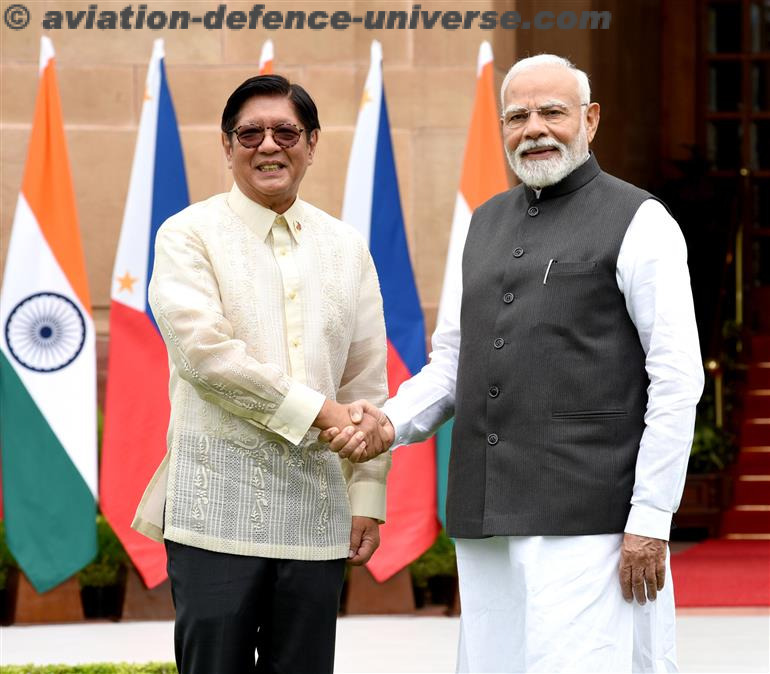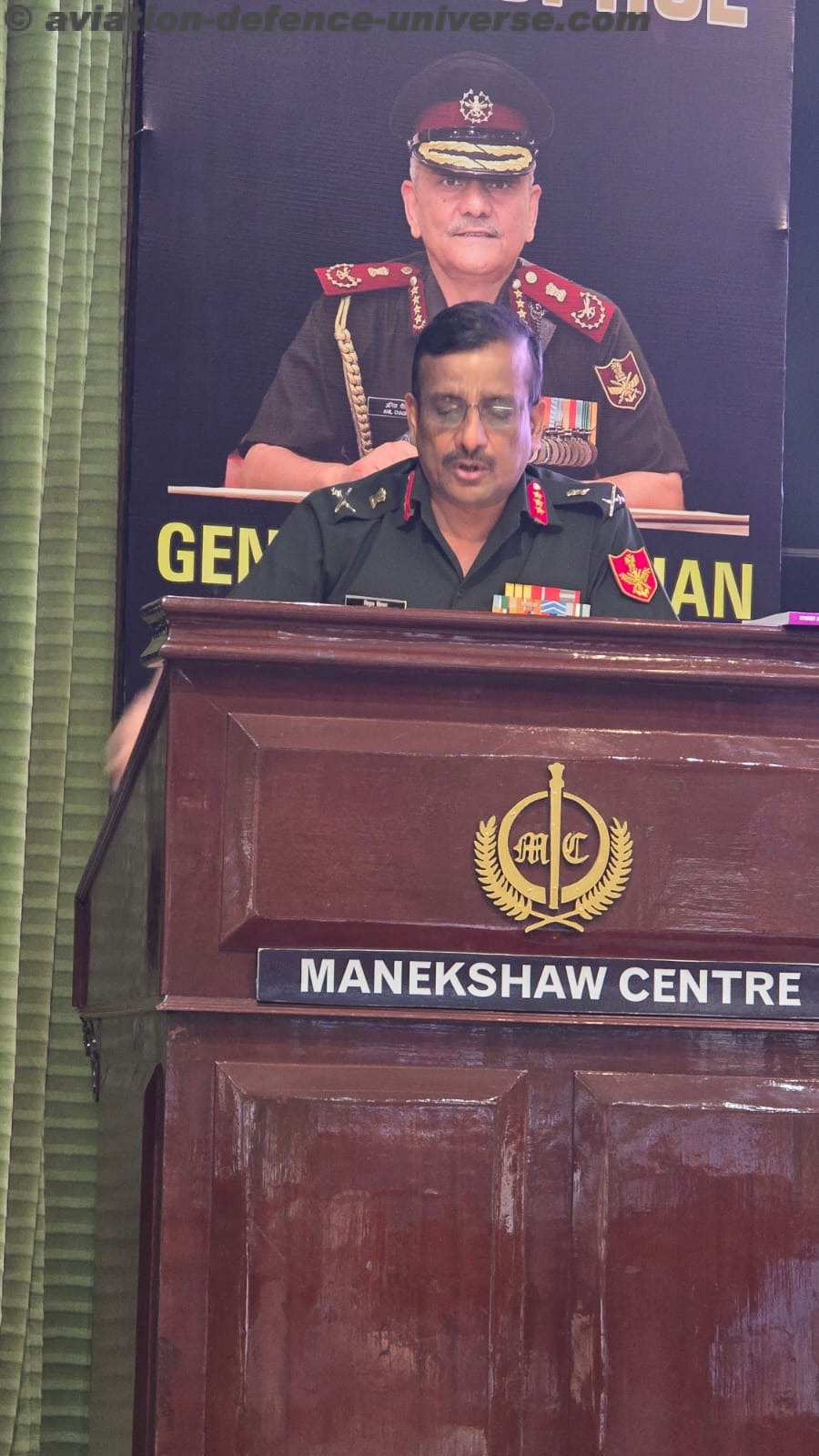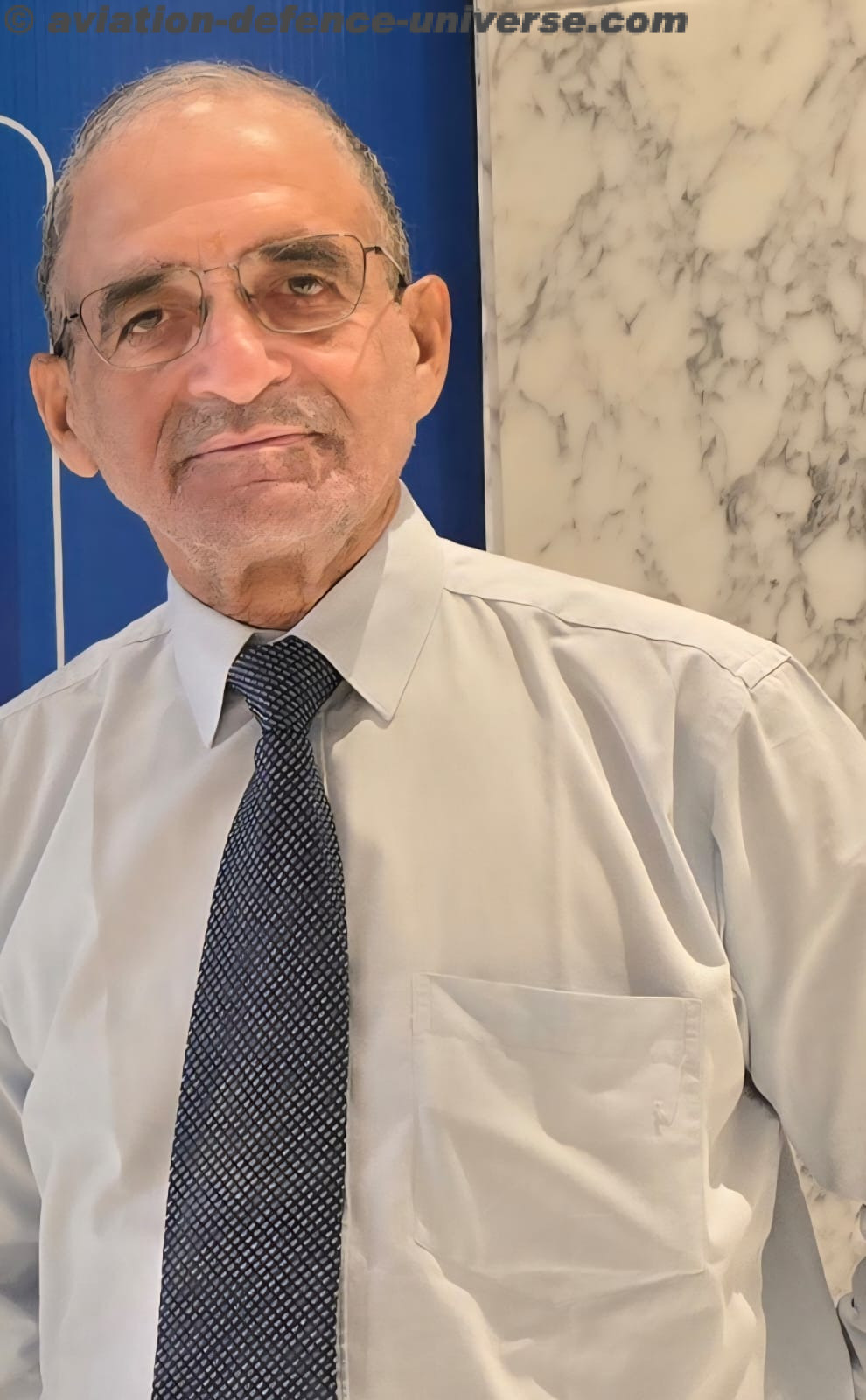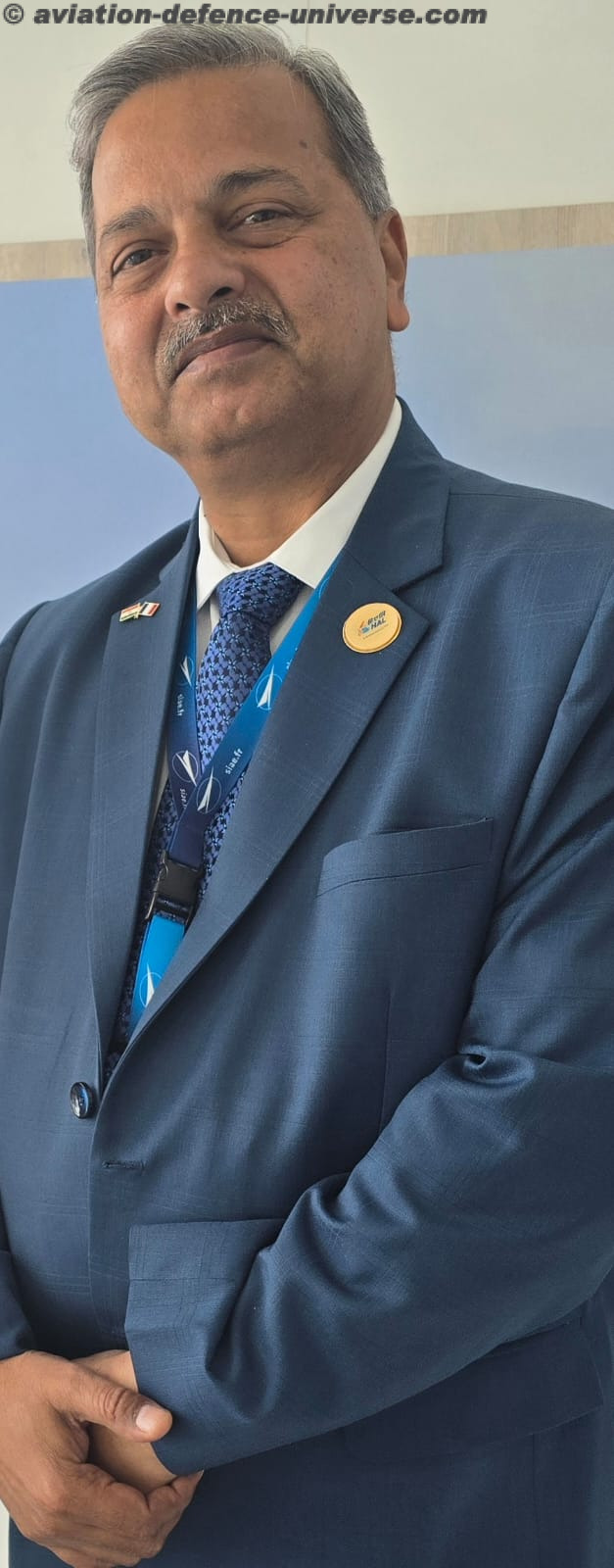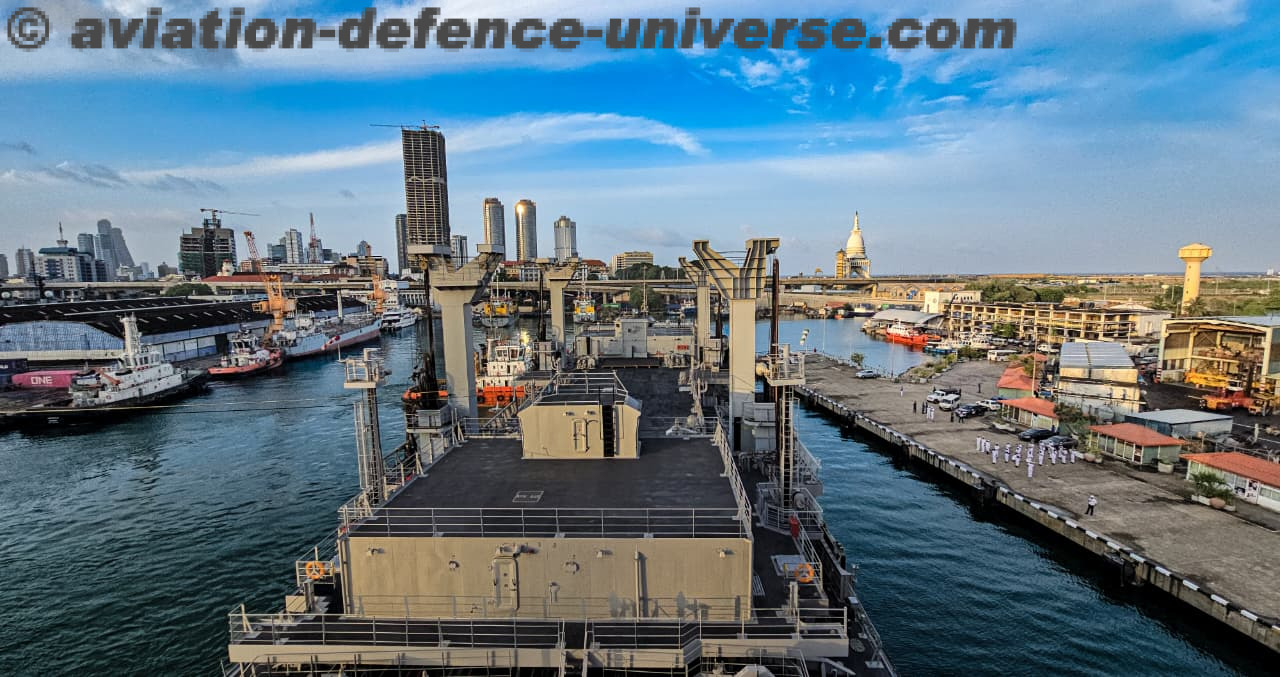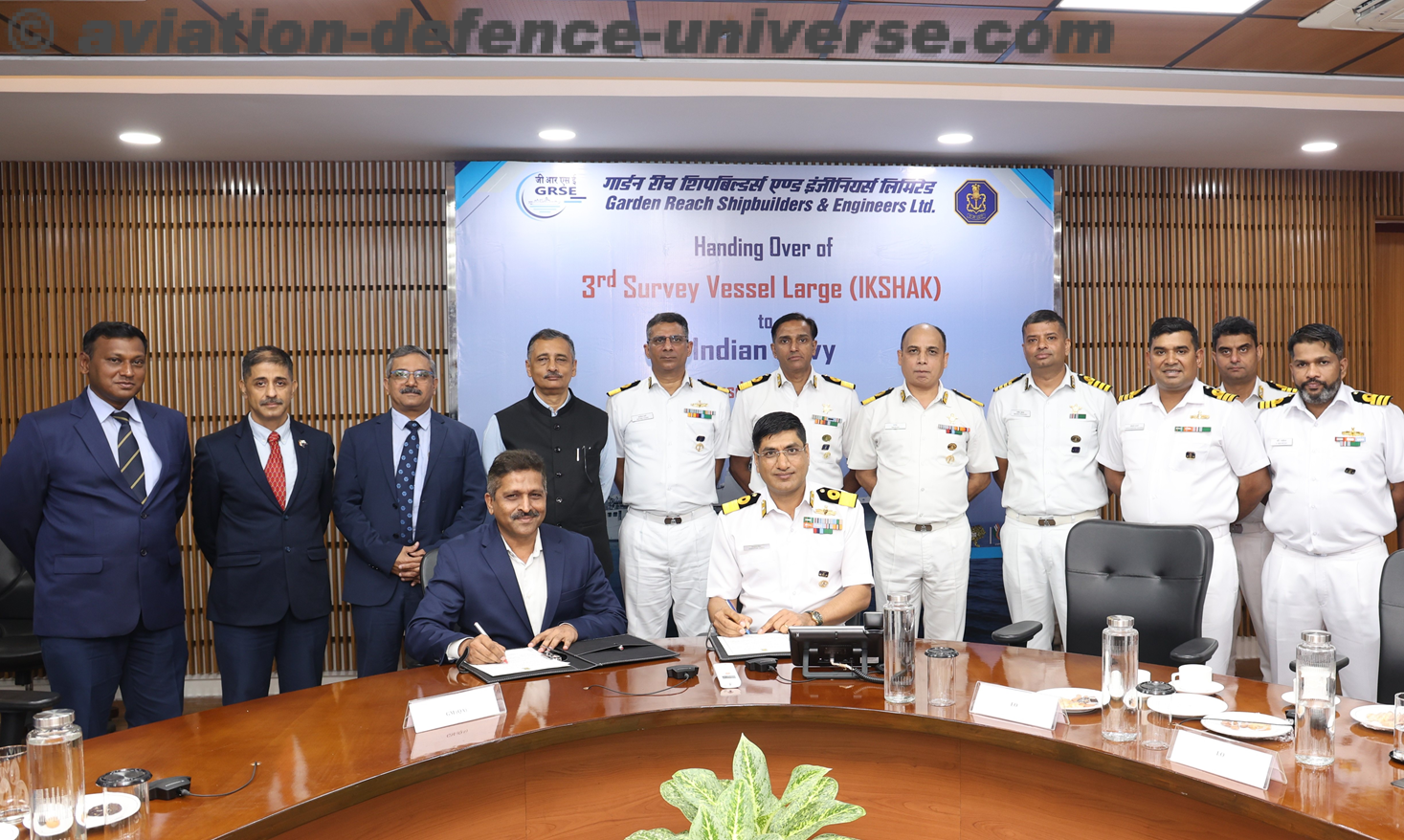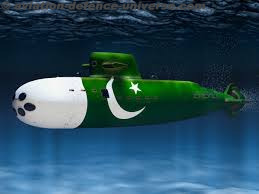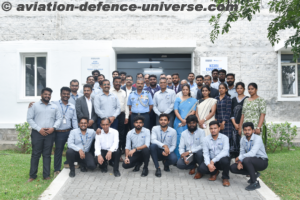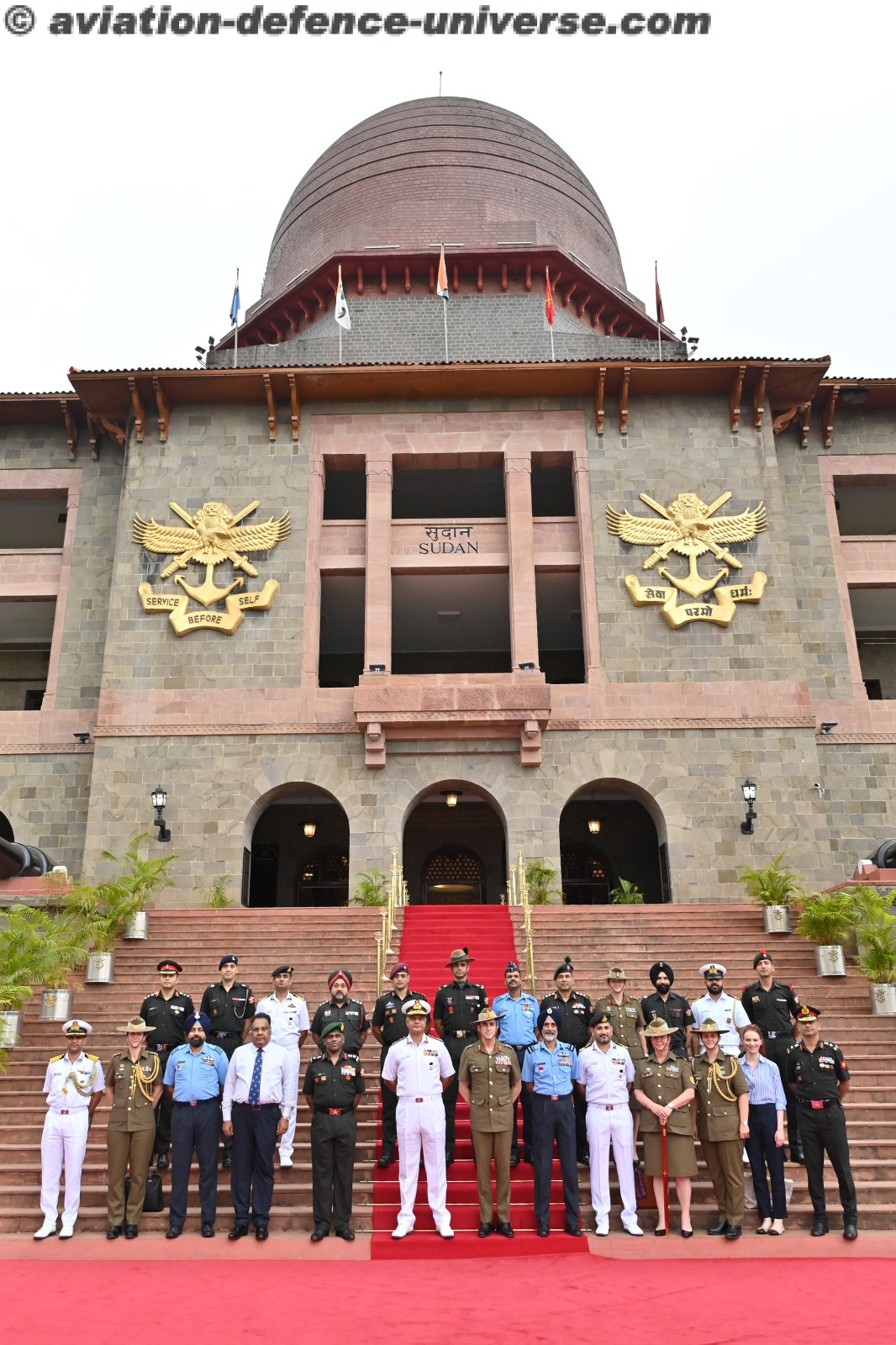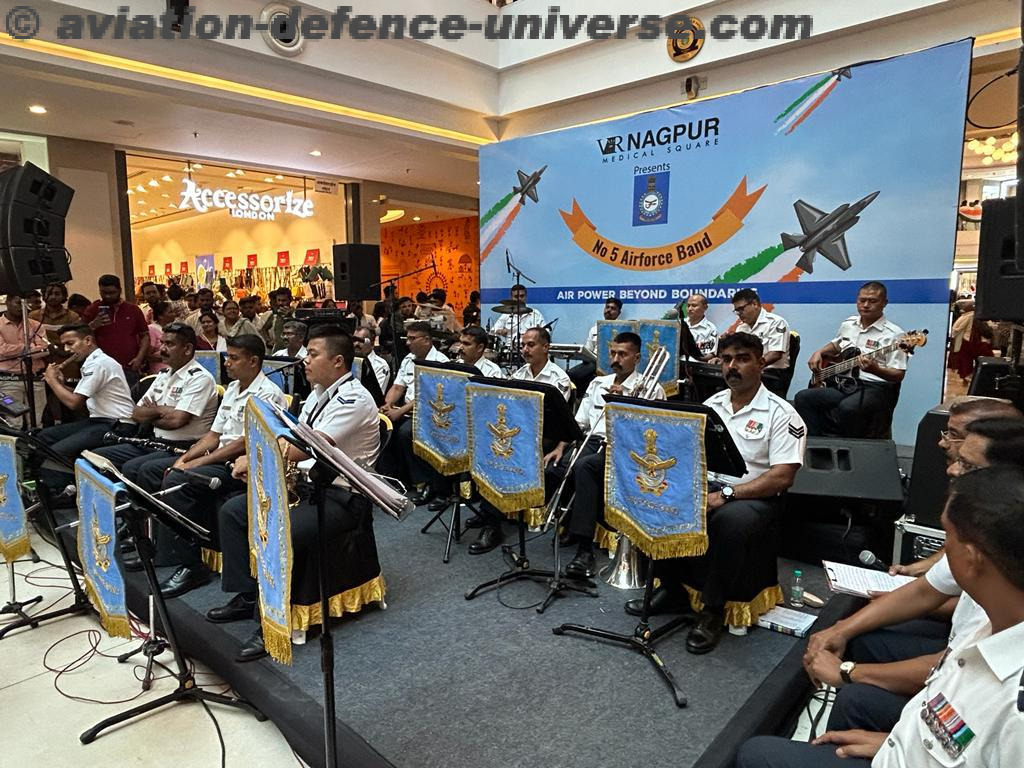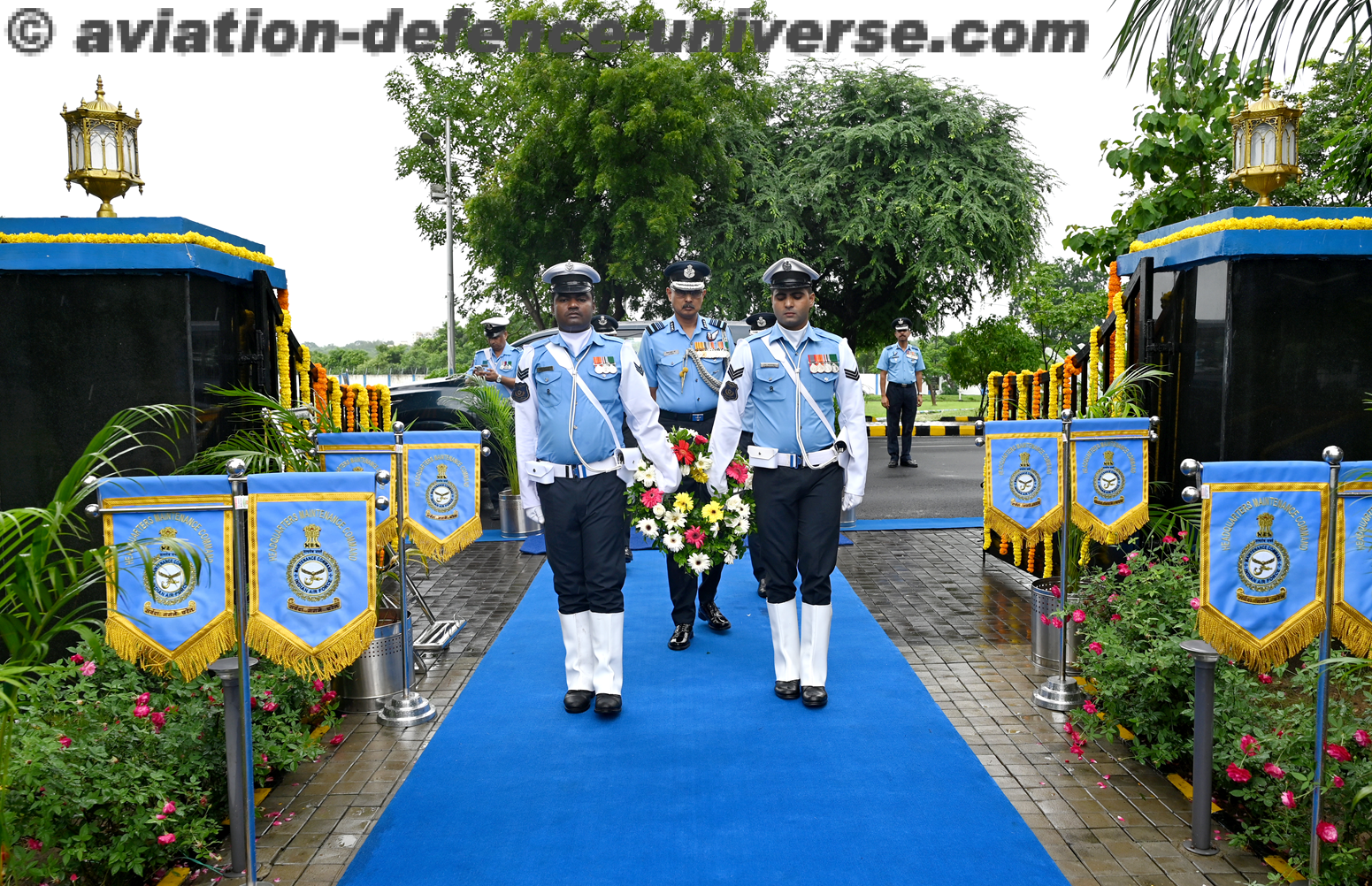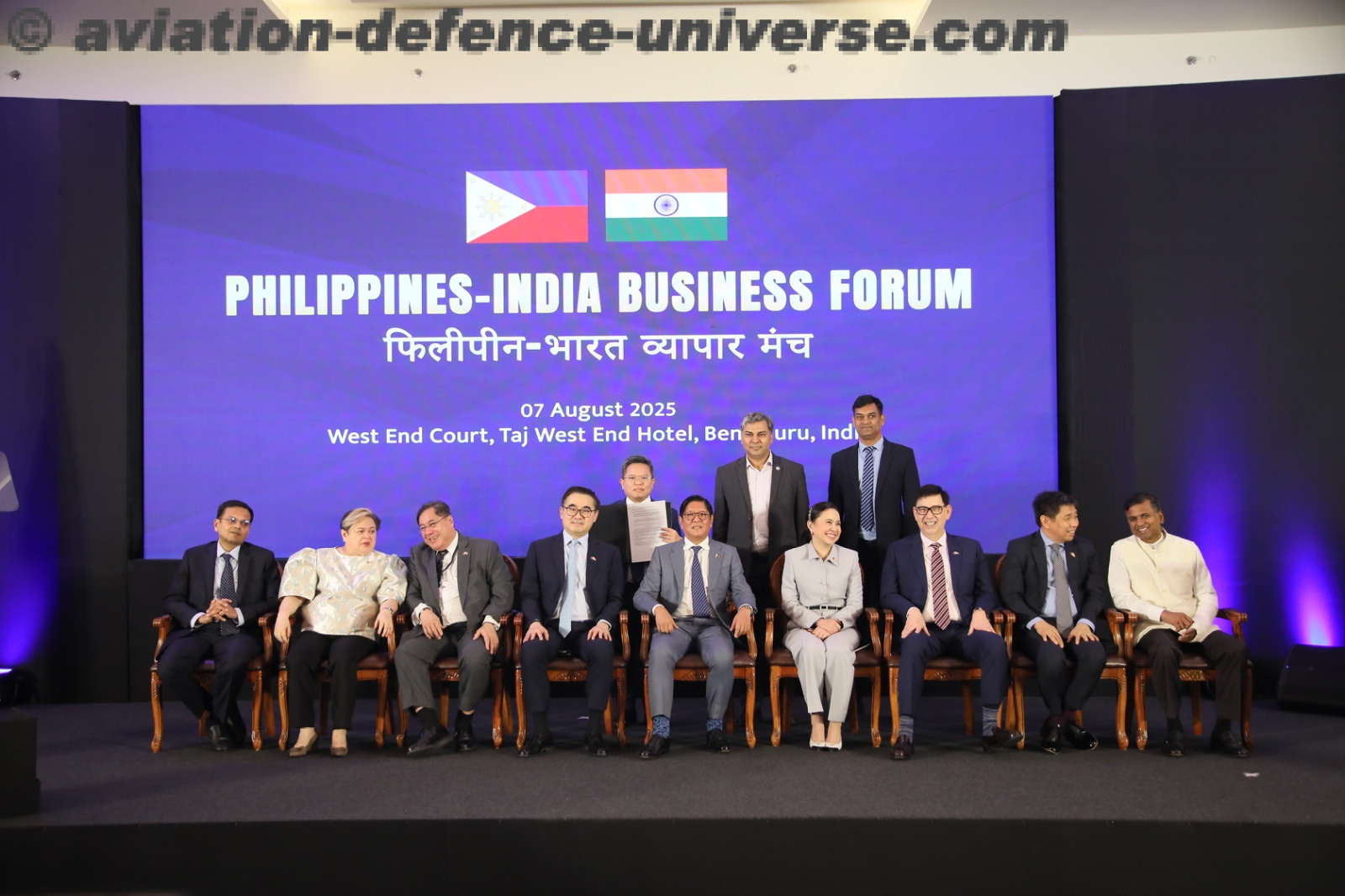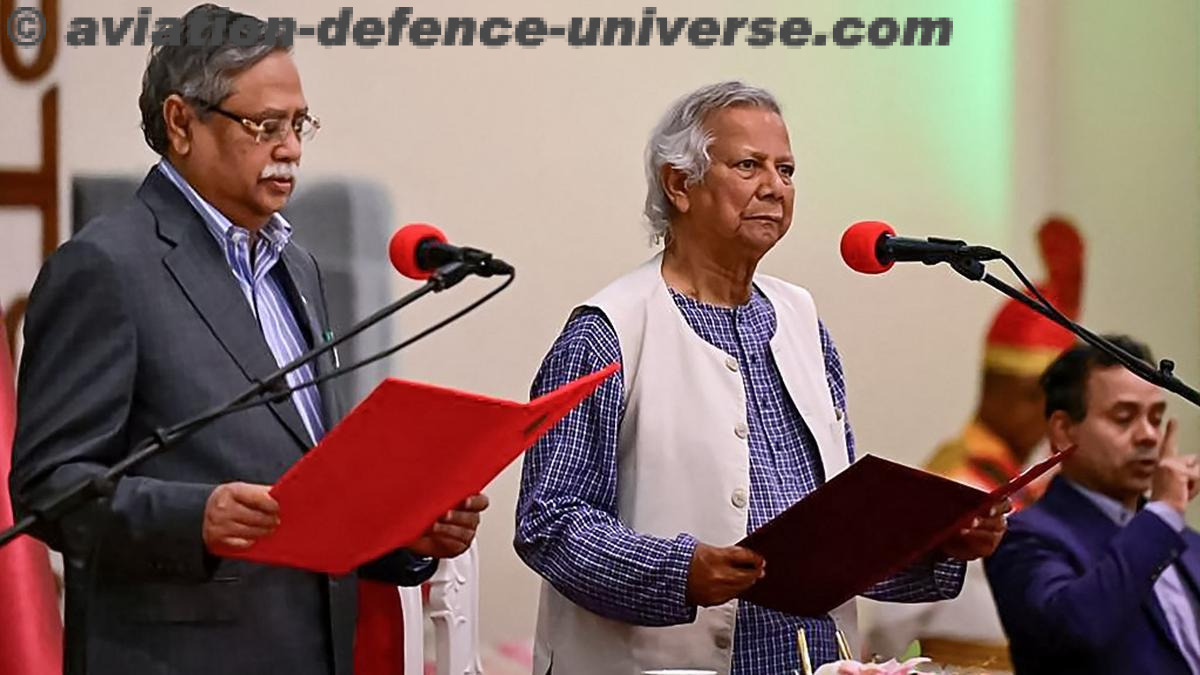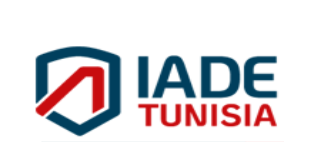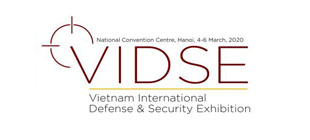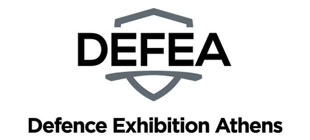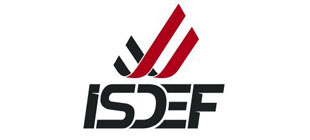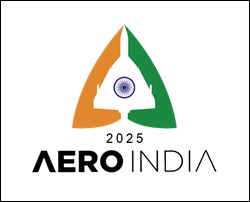Introduction
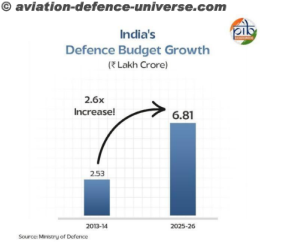
Strengthening Defence Capacity
India’s defence expenditure has steadily increased under the present Government, rising from ₹2.53 lakh crore in 2013-14 to ₹6.81 lakh crore in 2025-26. The focus is no longer only on acquiring weapons but also on building domestic capacity. In 2024-25, defence production touched a record ₹1.50 lakh crore, more than triple the 2014-15 level. Fighter jets, missiles, supersonic artillery systems, warships, naval vessels, aircraft carriers and a lot more are now being made in India, underlining how strongly self-reliance and deterrence have become the cornerstone of national security. Defence exports grew thirty-four times over the last decade, reaching ₹23,622 crore in 2024-25. Indian equipment is now exported to over 100 nations, including the United States, France, and Armenia.
This success is a result of both reform and innovation. By streamlining regulations, opening up opportunities for private players, and prioritising indigenisation, the government has ensured that India is no longer only a large defence importer but also a rising exporter. It also clearly demonstrates the intent of the government that India will never be dependent on any other country for her security.
Self-Reliance through Defence Acquisition & Indigenisation Reforms
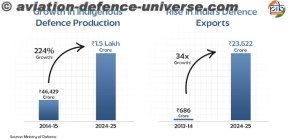
Defence Acquisition Procedure (DAP) 2020 and Indian-IDDM
The Defence Acquisition Procedure 2020, revised from DPP 2016, aligned fully with the Atmanirbhar Bharat Abhiyan spearheaded by PM Modi. It prioritises the Buy (Indian – Indigenously Designed, Developed and Manufactured) category for acquisitions, ensuring maximum reliance on local design, development, and manufacturing. This shift places Indian-IDDM projects at the top of the procurement pyramid.
Simplified ‘Make’ Procedure
The Make procedure was streamlined to encourage Indian industry to participate in design, development & manufacturing of Defence platforms/systems. Projects under the Make categories, with procurement upto Rs 100 Cr/year are earmarked for MSMEs.
- Make-I: Government funds up to 70% of development costs or maximum Rs. 250 Cr per Development Agency (DA).
- Make-II: Industry-funded projects with relaxed eligibility, acceptance of suo-moto proposals from industry and assurance of orders to L1 Development Agency on successful prototype development.
- Make-III: Manufactured in India through ToT/collaboration with foreign OEMs.
So far, 146 projects of Army, Navy, Air Force & HQ IDS have been accorded ‘Approval in Principle’ under various ‘Make’ categories.
Liberalised FDI
To attract capital and advanced technology, FDI in defence was liberalised:
- 74% permitted via automatic route for new industrial licences.
- Up to 100% allowed through government approval in cases involving advanced technology.
Innovation Push: iDEX and TDF
- Innovations for Defence Excellence (iDEX), launched in 2018, supports start-ups, MSMEs, and academia with grants for defence innovation.
- Technology Development Fund (TDF) provides grants up to ₹10 crore for MSMEs and start-ups to build advanced defence and aerospace technologies.
Indigenisation Portals and Positive Lists
The SRIJAN Portal (2020) enables industry to locally develop items earlier imported. To date, over 46,798 items have been listed.
Positive Indigenisation Lists by DPSUs have identified 5,012 items (across five tranches), signalling a phased ban on imports.
- First List: 2,851 items
- Second List: 107 items
- Third List: 780 items
- Fourth List: 928 items
- Fifth List: 346 items
Offsets and Strategic Partnerships
- The Offset Portal (2019) has enhanced transparency in offset contracts, encouraging OEMs to invest in Indian manufacturing and sourcing defence products from India for global supplies.
- The Strategic Partnership (SP) Model (2017) allows Indian firms to tie up with global OEMs, enabling technology transfer and joint infrastructure creation in India.
International Defence Cooperation
India has signed multiple agreements to support domestic manufacturing. Notably, the 2019 Inter-Governmental Agreement with Russia enables joint production of spares for Russian-origin platforms in India, reducing dependence on imports and improving operational readiness.
Ease of Doing Business in Defence
Procedures have been simplified:
- Industrial licence requirements for many parts/components have been removed.
- Licence validity extended from 3 to 15 years (with 3-year extension).
- R&D has been opened to industry, startups, and academia, with 25% of the defence R&D budget earmarked for them.
Technology and AI Adoption
The government created the Defence AI Council (DAIC) and Defence AI Project Agency (DAIPA) to promote adoption of artificial intelligence in defence systems. Each DPSU has finalised an AI roadmap.
DRDO has identified nine thrust areas for research: Platforms, Weapon Systems, Strategic Systems, Sensors & Communication, Space, Cyber Security, AI & Robotics, Materials & Devices, and Soldier Support.
Responding to Cross-Border Terror

The most recent and defining operation came in May 2025 with Operation Sindoor. In response to the killing of civilians in Pahalgam, India gave its armed forces full freedom of action. Using drones and precision munitions, they struck nine terrorist camps in Pakistan and Pakistan-occupied Jammu and Kashmir. More than one hundred terrorists were eliminated, including individuals linked to the IC-814 hijacking and the Pulwama attack. Pakistan attempted retaliatory strikes through drones and missiles, but Indian counter-drone systems neutralised them.
In his Independence Day address of 2025, PM Modi described Operation Sindoor as “a new normal,” making it clear that India will respond with full force whenever terrorism threatens its citizens.
Prime Minister Modi’s Five ‘New Normals’ on Pakistan
PM Modi has repeatedly laid down clear boundaries in dealing with Pakistan. These five red lines now define India’s approach:
- Firm response to terror attacks – Any attack on India will be met with a decisive reply.
- No tolerance for nuclear blackmail – Nuclear threats will not prevent India from striking terrorist bases.
- No distinction between terrorists and their sponsors – Both will be held equally accountable.
- Terrorism first in any talks – Engagement with Pakistan, if it happens, will focus only on terrorism or Pakistan-occupied Kashmir.
- Zero compromise on sovereignty – “Terror and talks cannot go together, terror and trade cannot go together, and blood and water cannot flow together.”
The Sudarshan Chakra Mission
Beyond immediate responses, the Modi government is preparing for long-term threats. In his 2025 Independence Day speech, PM Modi announced the Sudarshan Chakra Mission, a futuristic defence programme. Its goals are threefold: to ensure the entire system is researched, developed, and manufactured in India; to anticipate future warfare scenarios through predictive technologies; and to create precise, targeted systems for counter-action. By 2035, the aim is to provide a comprehensive national security shield for both strategic and civilian assets.
Securing the Home Front
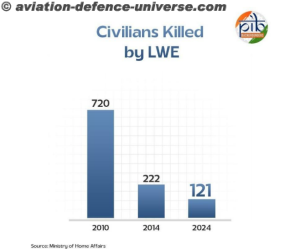
These results reflect not just security operations but also the focus on development and governance in areas once cut off from growth. Roads, communication, schools, and welfare measures have reduced the ground for extremist mobilisation.
Atmanirbharta Beyond Defence
India’s journey of self-reliance has expanded beyond defence into food, health, energy, technology, and financial inclusion. Prime Minister Modi has emphasised that national security now includes these vital sectors, ensuring that the nation remains resilient against global challenges while steadily moving towards becoming the world’s third-largest economy by 2030.
Financial Inclusion
- RBI’s Financial Inclusion Index (FI-Index) for March 2025: 67.0, up 24.3% since 2021.
- Recognised as a key enabler for 7 out of 17 UN Sustainable Development Goals.
- Global Findex 2025 (World Bank): Account ownership in India at 89% since 2011, with rising active usage.
Pradhan Mantri Jan Dhan Yojana (PMJDY):
- Beneficiaries: 56.04 crore (as on 14.08.2025)
- Balance: ₹2.64 lakh crore
- Women: ~55% of account holders
Food Security and Farmer Welfare
- Foodgrain production: 246.42 MT (2013–14) → 353.96 MT (2024–25, 3rd AE).
- PM-KISAN (launched 2019): ₹6,000/year to farmers in 3 installments.
- Total disbursed till Aug 2025: ₹3.90 lakh crore across 20 installments.
- PM Garib Kalyan Anna Yojana: 81 crore people receiving free food grains.
Dairy Sector
- India ranks 1st in world in milk production, contributing 25% of global output.
- Milk production: 146.30 MT (2014–15) → 239.30 MT (2023–24) → 63.57%.
- Average annual growth: 5.7% (vs global average of 2%).
Technology & Innovation
- India Semiconductor Mission (ISM): launched 2021 with ₹76,000 crore outlay.
- 2023–25: 10 projects approved across 6 states with ₹1.60 lakh crore investment.
- 2025: India inaugurated first 3-nanometer chip design centres in Noida & Bengaluru. At the Global Investors Summit 2025, it was announced that India’s first indigenous semiconductor chip would be ready for production this year.
Blue Revolution (Fisheries)
- Fish production: 96 lakh tonnes (2013–14) → 195 lakh tonnes (2024–25) → 104% growth.
- Inland fisheries: 61 lakh tonnes → 147.37 lakh tonnes (+142%).
- Union Budget 2025–26: ₹2,703.67 crore allocation to fisheries, highest-ever, up 3.3% from 2024–25.
Conclusion
India’s defence and internal security posture under the Modi government reflects a decisive shift towards strength, clarity, and self-reliance. With record investments in defence, rapid growth in indigenous production, bold reforms, and the adoption of emerging technologies, India has transitioned from being a major importer to a rising global exporter of defence equipment. Firm responses to terrorism, the clear articulation of new normal with Pakistan, and futuristic initiatives like the Sudarshan Chakra Mission underscore a forward-looking security doctrine.
At the same time, progress in internal stability, food and energy security, financial inclusion, and technology innovation demonstrates that Atmanirbharta is not confined to defence alone but forms the foundation of a resilient and confident India prepared to meet both traditional and non-traditional challenges on its path to becoming a global leader.
This tectonic shift reflects the deep resolve of the government to see the country as Viksit Bharat in every sense in the years to come. It also reaffirms that this government does not merely believe in rhetoric but has actually done and is continuing to do what it takes to make India Viksit.














